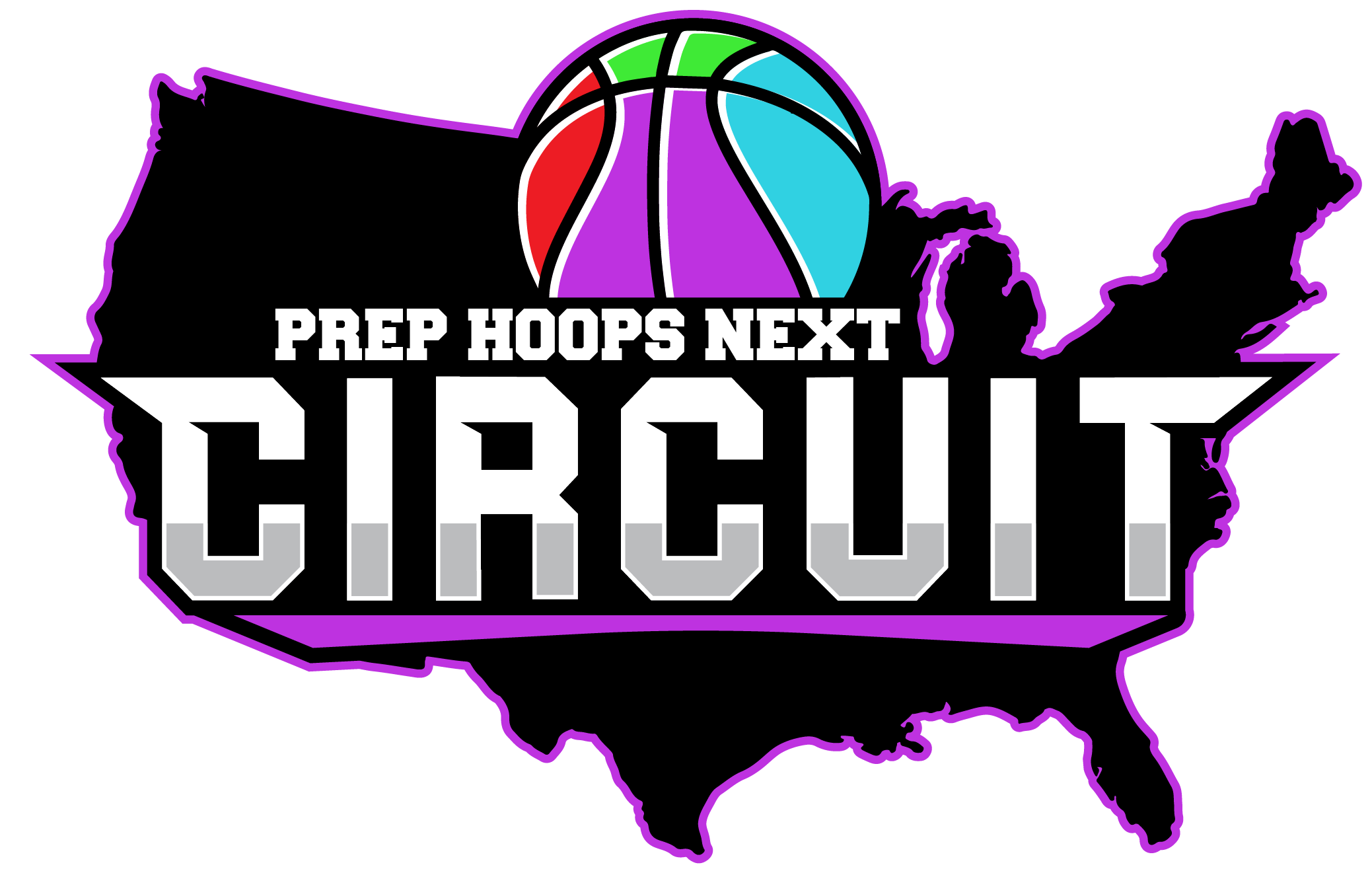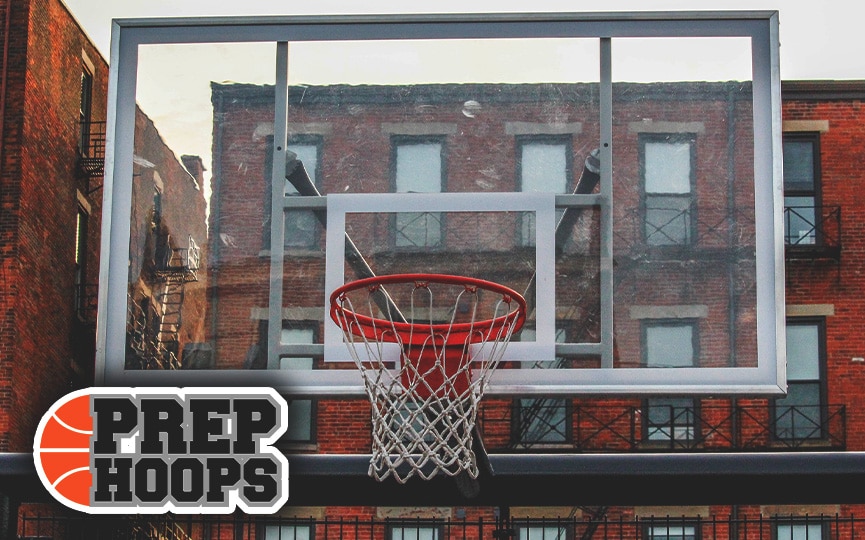College Practice Report: Practice Drills
During the Fall I attended 16 college basketball practices, 11 Division I programs, 3 Division II programs and 2 Division III programs. I spent the time catching up with coaching friends in the industry and watching players who I scouted back in high school to see where they were at either a few months or a few years out of high school. In this article I'll discuss some of the drill work that I saw and how it varies across different programs. You spend much more time at the college level practicing instead of playing games so this time is very important when selecting a school to commit to at the college level.
There's a few drills that are universal at every level
Every practice I went to went through some sort of stretching warmup at the beginning of practice. This seems obvious but some teams were incredibly locked in with their strength coach leading the first 10 minutes of practice to get them warmed up. This is a factor that I feel like is overlooked in recruiting but at the Division I level, you will likely spend a lot of time with a strength coach and it's important to understand the vibe that coach brings to the start of practice. Another part of practice almost every team worked on at some point in the day was 5 on 0 set plays. At almost every school there were 10-20 minutes spent running through basic actions and executing them to try and score. Knowing the plays is very important and college coaches have zero patience for players not knowing where they are supposed to be during these set plays. BLOB and SLOB plays were also frequently drilled and ran as well. There are also classic drills that most college programs spent a few minutes on at my stops and that's shell defense and pivoting. These are very basic skills that many players could think to ignore, but programs that win at the highest levels of college basketball practice as a team being in the right positions of help side defense and using jump stops and pivots to avoid traveling. Another defensive drill that almost every program fit in sometime during the practice was closeouts. There were many different ways to achieve the same goal, but almost every practice had some sort of closeout drill fit into the schedule. Many coaches preach to younger players doing these little things to help separate themselves from other prospects, and it shows when you watch college practices which players go above and beyond at these aspects of their game.
How much schools practice shooting, play 5 on 5, etc varies a TON
One of the first practices I went to, a school played 5 on 5 for about 75% of practice. They did some situational stuff to make it somewhat fluid and unique, but the majority of their practice was spent playing 5 on 5 against the other guys on the team. With the team tracking data for these practice sessions, they develop ways for each player to improve as the off-season ramps up and they get prepared for starting the regular season. Other schools ran 2.5 hour practices and played 5 on 5 games for less than 30 minutes. While I'm sure the schools that played very little 5 on 5 the day I was there play more during other days throughout the week, it's something that changes your practice routine on a day-to-day basis. Another thing that caught my eye was how some programs emphasize shooting drills as a team, while others mostly expect you to come in before/after practice to develop these skills. I would say this is all based on personal preference for how players want to handle this aspect of their game. Some players would enjoy getting lots of shots up with their teammates in a high energy setting. For other players, they might want to come in alone and spend time by themselves or one on one with a coach to improve form and get reps in. Most college programs seem fluid in how they operate with skill work but there was definitely a noticeable difference between which practices had an emphasis on everybody getting 50-100 jumpers up in a day with game speed reps. Every player is going to have different areas of their game they will need to focus to improve when making the jump to the college level, different coaching staffs specialize in different types of players. Make sure you and the coaching staffs recruiting you can find a common ground in how they will help take your game to the next level and how you will fit in with the players they have returning with college experience.


















